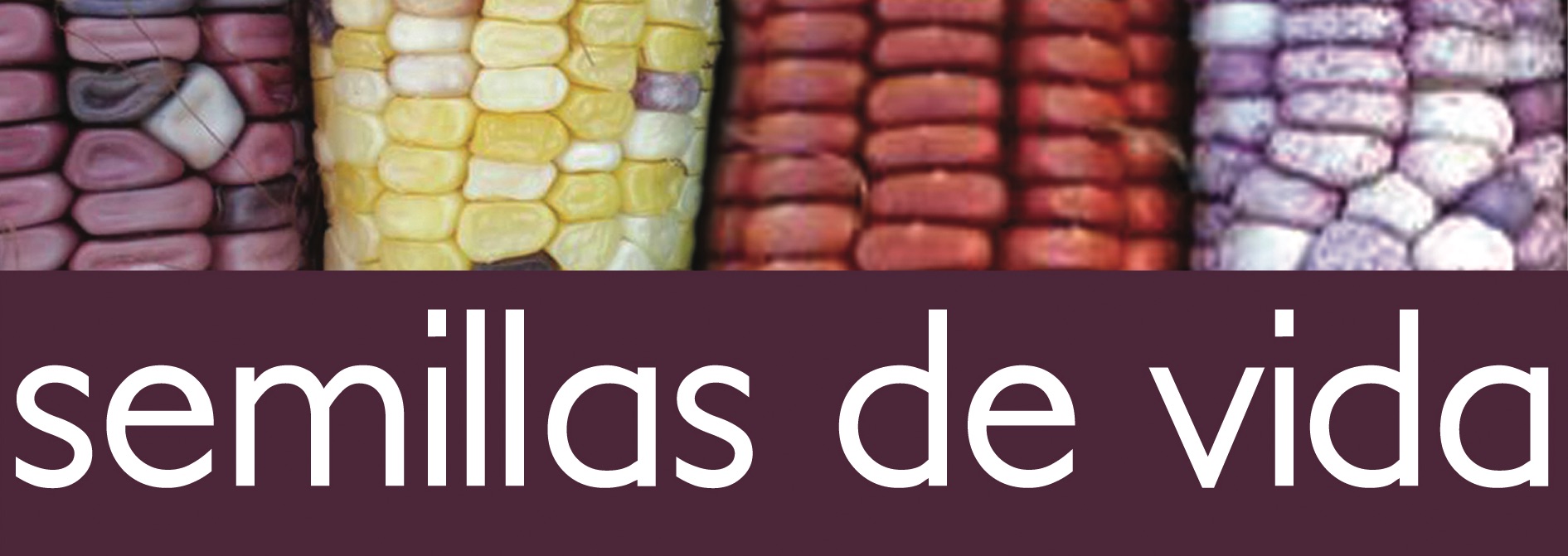The transgenic have an inseparable relationship to the use of agrochemicals because, in their majority, they are created to resist herbicides. Its use has resulted in the pollution of water and soil, affecting the biodiversity of the regions where they are used, coupled with genetic pollution of varieties, non-transgenic. In addition, one of its consequences that can hardly be avoided is the genetic contamination of native varieties and local, which may be affected by the transgenic about the consequences of which there is still uncertainty. In addition, after being contaminated would be subject to intellectual property claims by the companies that produce the varieties pollutants.
Recommended sources
Eleisegui, P. (2017). Poisoned: a chemical pump us exterminated in silence. Gargoyle Editions.
Alvarez-Buylla, E., Piñeyro-Nelson, A., Turrent A., Wegier, A., Alavez, V., Milan, L., Traavik, T., Quist, D. and Nieto, J. (2013). Uncertainties, risks and hazards of the release of transgenic maize in Mexico. In Alvarez-Buylla, E. and Piñeyro, A. (Coords.), The corn in danger and the transgenic (111-163). National Autonomous university of Mexico.
Altieri, M. A. (1999). Environmental risks of Transgenic Crops: An assessment agroecológica. Magazine Network, Natural Resource Management, second time, 14, 76-83.

